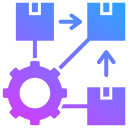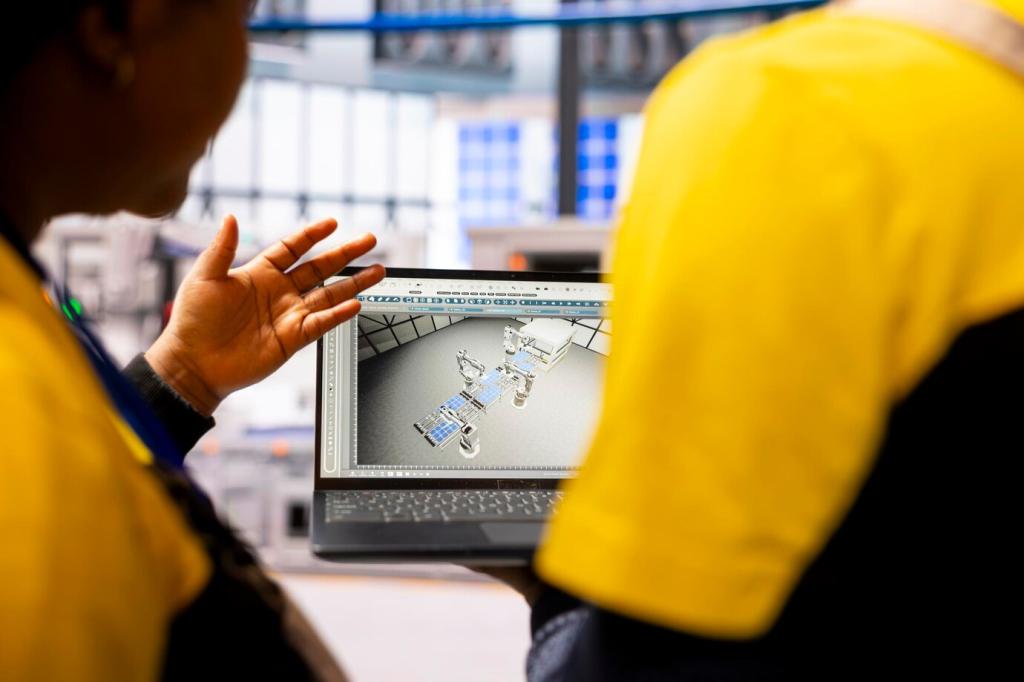Vendor Evaluation and Total Cost of Ownership
Replace generic slideware with day‑in‑the‑life scenarios: a hot order, a conveyor fault, and a late inbound truck. Ask vendors to navigate exceptions live. Post your favorite stress test scenario in the comments, and we’ll compile a community library of proven scripts.
Vendor Evaluation and Total Cost of Ownership
Talk to operators, not just executives. During a site visit, one manager asked to watch a shift change and learned how the platform handled handoffs. Push for a small proof using your data. Want a reference question list? Subscribe and we’ll send a concise, no‑fluff version.



